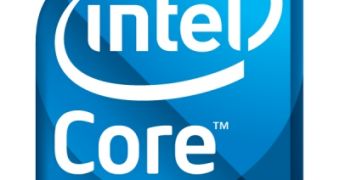Sometime next month, computer enthusiasts will finally be introduced to Intel's highly anticipated Nehalem-based Core i7 processors, which, among other things, are said to deliver a new level of performance, over the capabilities of Intel's current Core 2 offering. There have been many leaked and confirmed details regarding the technical specifications of Intel's next-generation desktop processors, but one of the most interesting features has to be the Hyper-Threading Technology.
Looking to find out just how significant the new technology will be to the performance level of Intel's new processors, the guys over at Vr-zone have posted a set of benchmark results, meant to reveal the difference in performance when the Hyper-Threading is turned on, in comparison with that of when it isn't enabled. As it turns out, this new feature (at least on Intel's Core processors) does deliver a slight boost in performance, but only for multi-threaded applications.
In order to make sure they used only the latest and best, the test platform was made of an X58 platform, a Core i7 processor, and an HD 4850 X2 graphics card, pieces of hardware that you aren't likely to find in shops these days. The software platform included the 3DMark Vantage CPU benchmark, Crysis Warhead, Far Cry 2 and CineBench 10. At a first glance, the figures might indicate that enabling HT on Core i7 can negatively impact the performance results of gaming applications. However, that's only because Crysis Warhead and Far Cry 2 aren't all that fond of multi-threads.
On the other hand, 3DMark Vantage and CineBench 10 managed to improve their performance while the Hyper-Threading technology was turned on, recording a boost of 34.1% and 16.6%, respectively. Basically, unless you are not dealing with a multi-threaded gaming application, Core i7's new feature won't really help with your high-end gaming.

 14 DAY TRIAL //
14 DAY TRIAL //